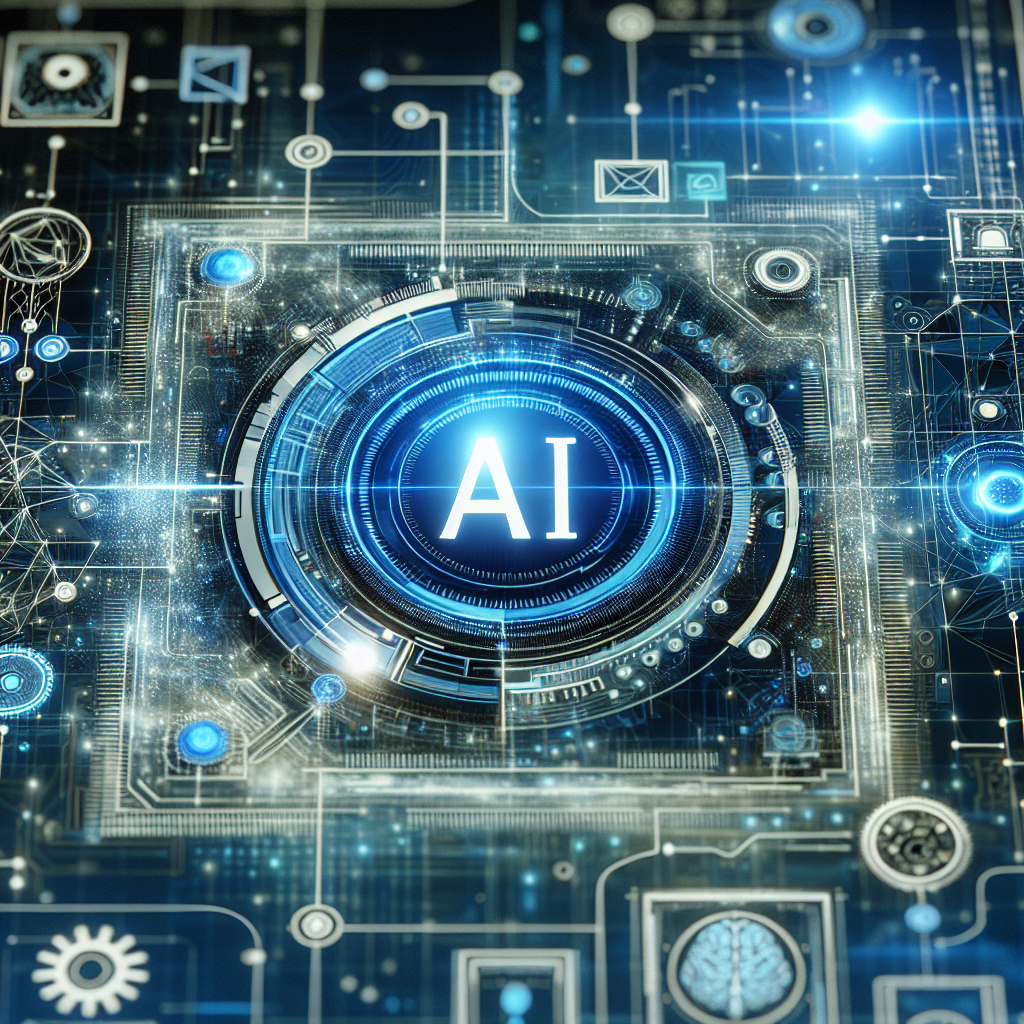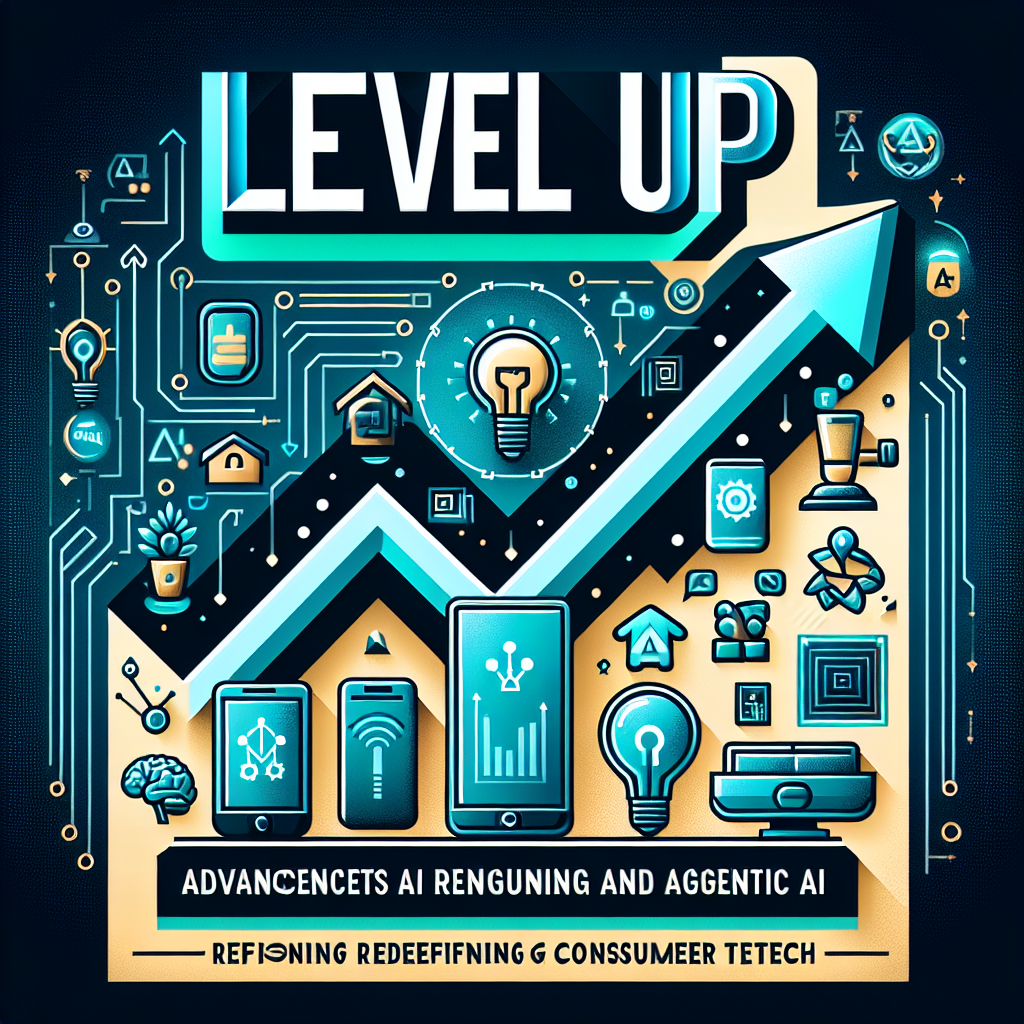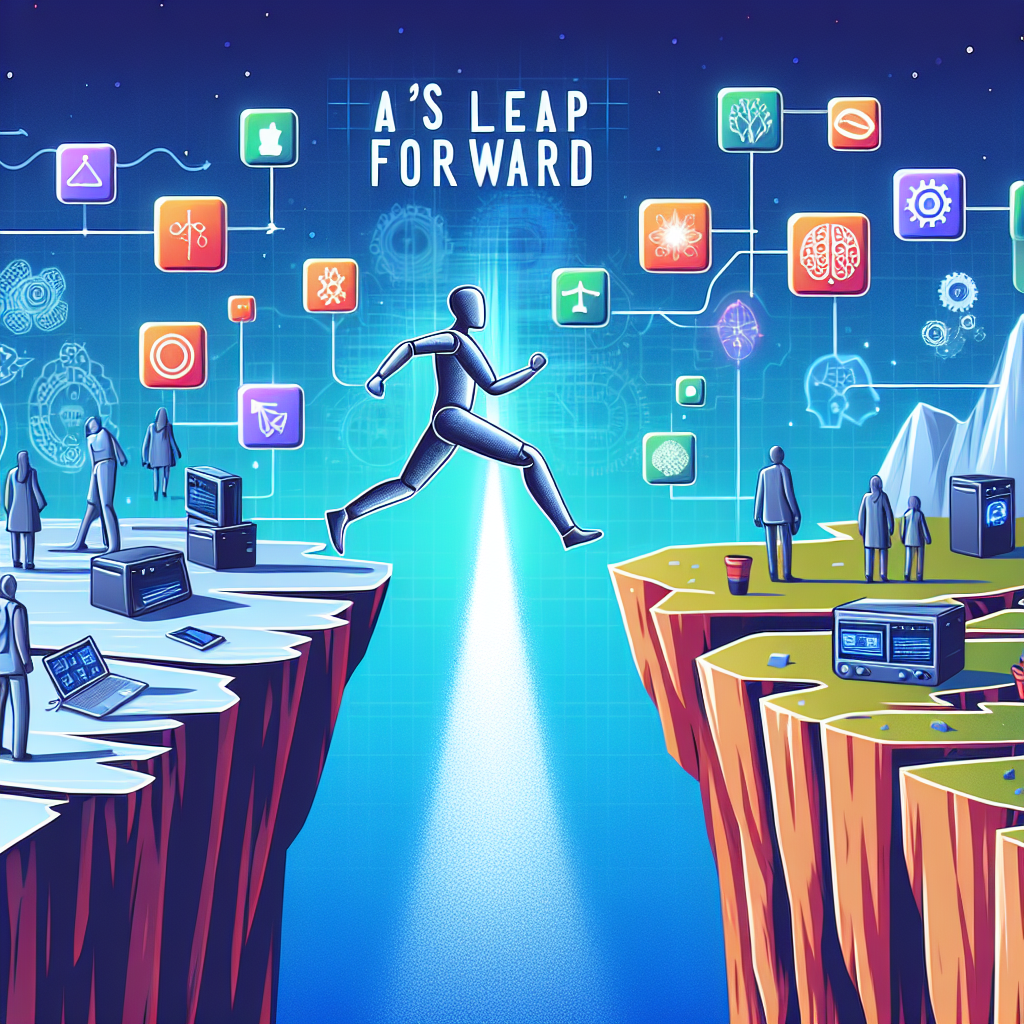Hey there, tech enthusiasts Let's dive into the exciting world of Artificial Intelligence (AI), specifically the advancements in multimodal AI models, which are changing the game in consumer electronics and gaming. Multimodal AI isn't new, but recent developments are making it more powerful than ever.
What is Multimodal AI?
Multimodal AI refers to AI systems that can process multiple types of data—think text, images, audio, and video—all at once. This ability to integrate various data types makes these models incredibly versatile and capable of providing more accurate outputs than traditional single-modality systems.
Advancements in Multimodal Models
One of the most significant breakthroughs in 2025 is the development of Large Multimodal Models (LMMs). These systems are enhancing the way we interact with technology by providing more contextually rich and accurate responses. For instance, Meta’s Segment Anything Model (SAM) is revolutionizing tasks like video editing and healthcare research by isolating visual elements with minimal input.
Applications in Consumer Electronics
Multimodal AI is transforming consumer electronics by enabling devices to understand and respond to multiple inputs simultaneously. For example, future smart home devices could recognize both voice commands and visual gestures, making home automation even more intuitive.
Gaming Applications
In the gaming world, multimodal AI could enhance player experiences by allowing characters to respond to both visual cues and audio commands. Imagine a game where characters can understand not just what you say, but also how you gesture or move.
Challenges and Future Directions
Despite these advancements, there are challenges. Ensuring models are interpretable, transparent, and can handle diverse data efficiently remains a significant hurdle. As researchers explore explainable AI (XAI), we can expect more trustable and efficient systems in the future.
So, if you thought AI was cool before, just wait until you see what multimodal models can do. It’s not just about processing multiple data types; it’s about creating a more human-like interaction with technology.



